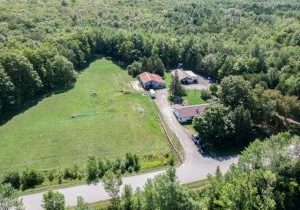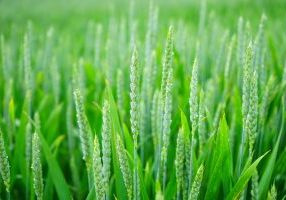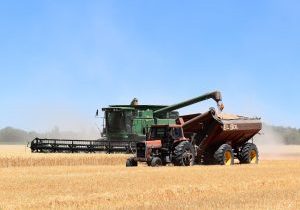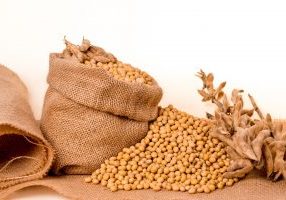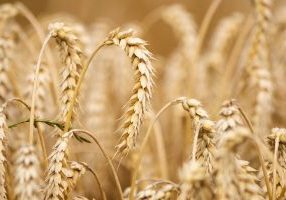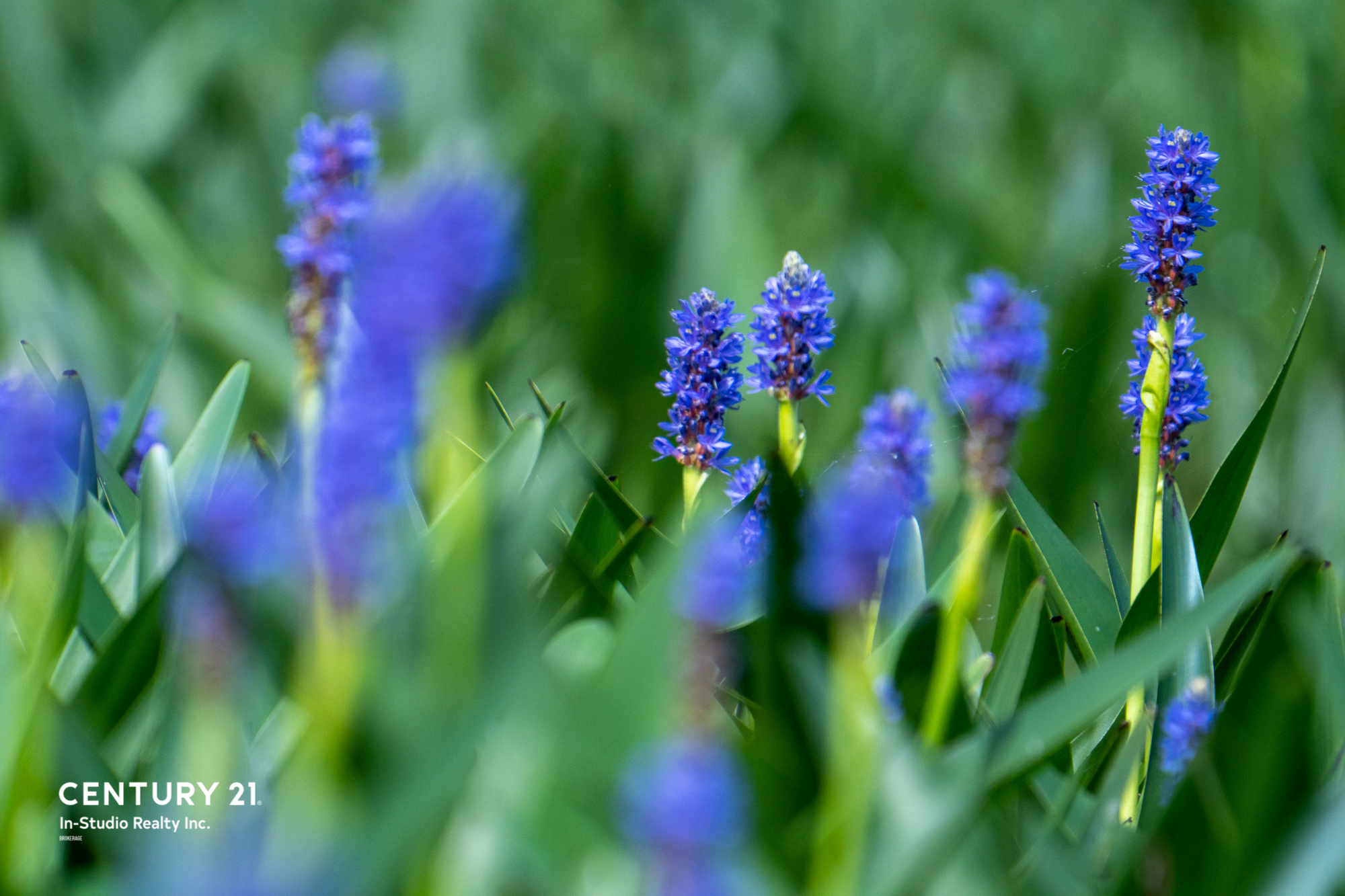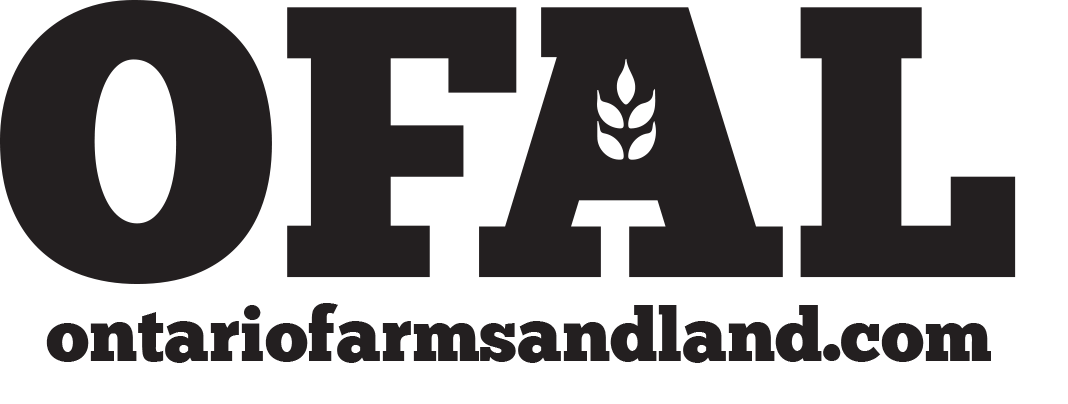Buy Fresh. Support Local. Thank You!
Considering farms for sale in Dufferin Simcoe? The Dufferin and Simcoe region has had a long history of agriculture. Located in Central Ontario, many water sources are available, including Lake Simcoe, Georgian Bay, Lake Ontario, and the various rivers that connect them. With proximity to the Greater Toronto Area, these regions have large markets and opportunities, with a shift to agritourism and more shop local initiatives. Additionally, this proximity is great to utilize for workforce and supplies.
Dufferin County spans an area of 1,486 km2 and has a population of over 60,000 residents. It has incredibly fertile soil that grows enough potatoes in one year to feed its residents for eight years. The county provides many supports to create economic and environmental impact, which continues to improve the agriculture sector for the region.
Simcoe County is located north of the GTA, between Lake Simcoe and Georgian Bay, and spans an area of 4,841 km2 with a population of over 300,000. With many bodies of water close by, proximity to larger urban centres, and the rise in agritourism, there are many benefits to starting your agricultural business here. If you're looking for a small-town feel with larger city amenities close by, this region is for you!
Ready to purchase your next Dufferin Simcoe Farm? Contact The Ontario Farms & Land Group today! 1-844-721-FARMS
Find Your Dream Farm For Sale In Dufferin Simcoe
Local Dufferin Simcoe REALTORS® Specializing In Farms & Land
Local Resources in Dufferin Simcoe
Farmers Markets
The Dufferin Simcoe area's local food scene has been flourishing with many opportunities for farmers by enabling them to connect directly with consumers as well as through farm-to-table restaurants. The Headwaters Farm Fresh food map is an excellent tool for consumers to bring home fresh food year-round, serves Dufferin County, Caledon, and Erin. Additionally, the Simcoe County Federation of Agriculture has a list of local farmers' markets all in one place that both consumers and farmers benefit from. Both regions are looking to better facilitate and support this market through increased visibility for all. Check out the previous links to see every connection you can utilize, as well as additional examples of year-round and seasonal farmers' markets below:
- Barrie Farmers' Market, Barrie
- Innisfil Farmers' Market, Innisfil
- Orangeville Farmers’ Market, Orangeville
- Shelburne Farmers' Market, Shelburne
Veterinary Clinics & Hospitals
There are ample resources for veterinary care in the Dufferin Simcoe region, including clinics and hospitals with regular and emergency care. Whether you have big or small animals, you and your animals will be well taken care of with years of expertise in your area! See below for a list of the larger veterinary clinics and hospitals in the area:
- North Simcoe Veterinary Services, Midland
- VCA Bellbrae Animal Hospital, Collingwood
- Dufferin Veterinary Hospital, Orangeville
- High County Veterinary Hospital, Shelburne
Agriculture Supply Shops
The Dufferin Simcoe area has what you need to set up and maintain your farm's success with family-owned small businesses, as well as proximity to larger distributors in the GTA. Whether you're looking for feed suppliers, tools, heavy-duty farm equipment, or service, you'll find it here. See below for a few great shops to get you started:
- Sharpe Farm Supplies, Shelburne
- Farmer Equipment Sales, Mono
- Beard's Farm Supply, Coldwater
- Essa Valley Feed'n Pet Center, Barrie
Auctions
There are various auction services available in the Dufferin Simcoe region, whether you're looking for online or in-person services. Suppose you're looking for heavy-duty machinery, estate sales, home supplies, farm equipment, tools, and vehicles. In that case, you'll be able to find a good deal on what you need. If you require an appraisal, these services are also provided by most auctions. See the list below to check out a few of the auctions in the Dufferin Simcoe area:
- Kevin Barker Auctions, Lindsay
- Canadian Industrial & Farm Auctions, Elmvale
- Kidd Family Auctions, Melancthon
- CDN Auctions, Orangeville
Urban Centers
Shelburne
Located north of Brampton, Shelburne has a population of over 8,000. It is Ontario's fastest-growing small town.
Orillia
Orillia is located between Lake Couchiching and Lake Simcoe, with a population of over 31,000.
Barrie
Located on Kempenfelt Bay on Lake Simcoe, Barrie has a population of over 150,000 and sits on the cusp of cottage country, which still has proximity to the GTA.
Transportation & Logistics
-
Transportation
- Simcoe County LINX
- Public transit throughout the Simcoe region
- Orangeville Transit System
- The public transit system in Orangeville
- Barrie to Toronto – 114 km
- Shelburne to Toronto – 104 km
Logistics
- Georgian College
- Proximity to GTA
- Simcoe County LINX
Discover Dufferin Simcoe Farming
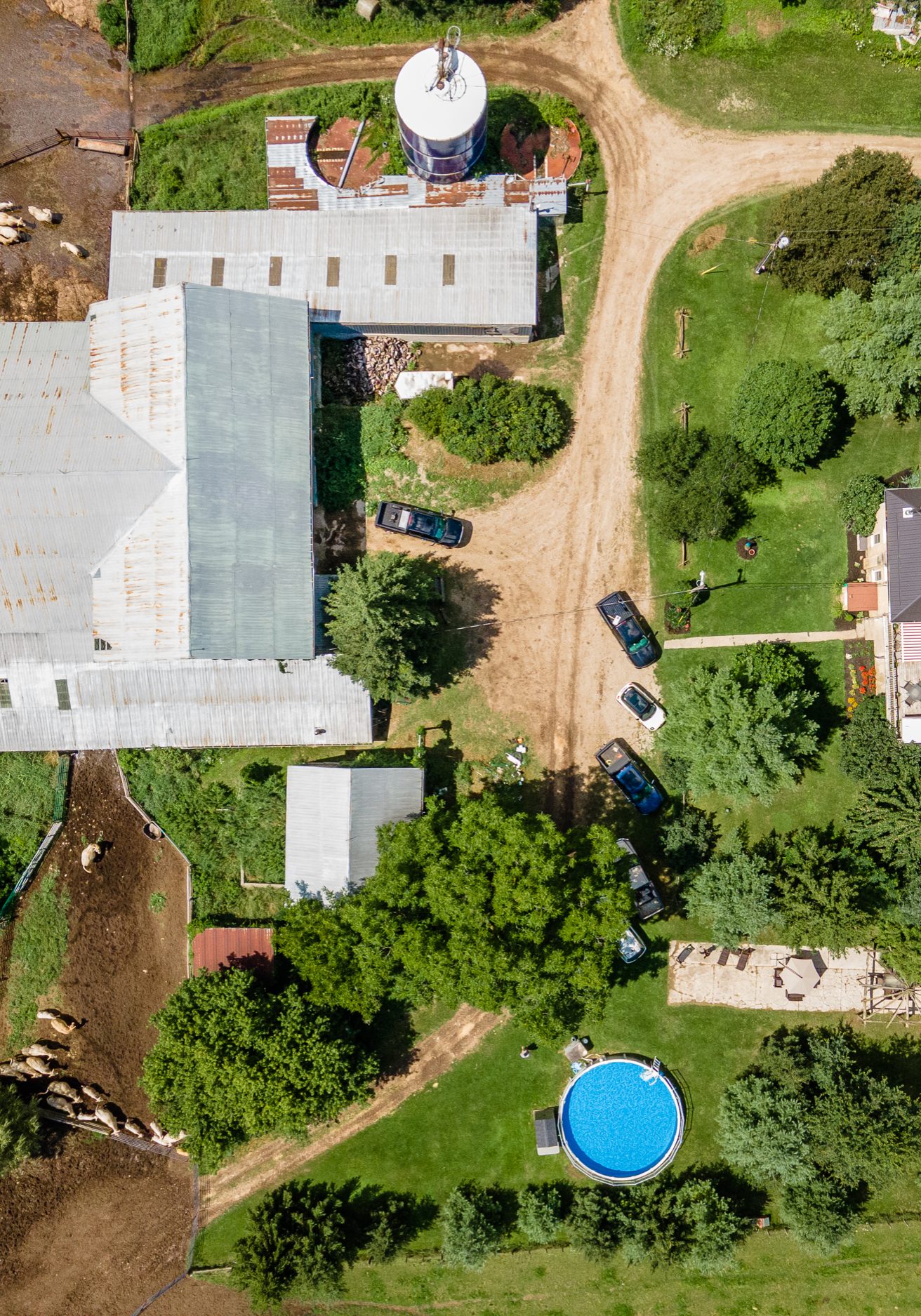
With over $120 million in farm cash receipts in 2012, 690 farms, and nearly 70,000 hectares of farmland, the agriculture sector is strong economically, with many opportunities. The most common farming categories in Dufferin County include cattle, dairy, soybeans, corn, and potatoes. The industry is responsible for 19,000 weeks of work each year, providing significant jobs to the region annually. There are changes to the region's workforce as well; the region is seeing an increase of 46% in farm operators under the age of 35, signalling a new generation of farmers stepping into this role in this region.
Farming in the Simcoe Region includes over 2,000 farms. It utilizes over 500,000 acres of farmland to produce primarily oilseed and grain, cattle, hog, and pig farming, other animals, including goats, ducks, fish, and over 40 different types of fruits and vegetables. Additionally, the region has a growing beverage development, including various breweries, distillers, and whiskey producers that utilize products from within the area. The agriculture sector employs nearly 30,000, which is the largest employer industry in the region.
The Dufferin Federation of Agriculture represents the interests, concerns, and opinions of 729 farming families throughout the region, many of which have been family-owned for generations. The organization provides monthly newsletters to keep farmers informed of funding and investment opportunities, scholarships, and policy changes. The Simcoe County Federation of Agriculture provides extensive support for the region, including easy to access information on current key issues, which can be found on their website. With over 2,000 farms in the region, the organization is a great resource for local farmers to improve the agricultural sector locally and provincially. Additionally, Simcoe County offers tools, resources, and workshops to improve your farm's prosperity, such as by adding agritourism to your business as an additional revenue stream.
The Dufferin Simcoe region has a significant focus on conserving and maintaining the soil and water health in the area. The Lake Simcoe Region Conservation Authority is a great resource that provides direct information and funding to cover a portion of costs incurred by testing and other applicable project costs on the farm. Projects include soil testing and planting trees to mitigate soil erosion. The Dufferin County offers grant funding for local farmers through the Dufferin Rural Water Quality Program that can be utilized for wetland creation, nutrient management, clean water diversion, and tree planting. The program, covering up to $5,000 in project costs, aims to remove barriers for landowners to establish meaningful environmental projects for their farms.
Soil
The soil in the Dufferin Simcoe region is composed of till, outwash, kame, clay, lacustrine, limestone, and Precambrian rock. The region has a larger variety of soils than the rest of Ontario, and the agricultural opportunity is great as a result. It is crucial to maintain good soil health, which makes maintenance and preservation a top priority.
Weather
The weather in the Dufferin Simcoe region is quite comfortable, with winter temperatures averaging around -12°C, rarely getting colder than -23°C. Summer temperatures average about 24°C and rarely surpass 29°C. The average rainfall for the area ranges between 8 mm to 59 mm month over month, with an average snowfall of 124 mm - 163 mm in January and February. The longest days have roughly 15 hours 34 minutes of sunshine, with the shortest days having just 8 hours and 49 minutes of daylight in the winter.
There are an estimated 4.7 – 5.6 months of the growing season from April 29 – October 16 annually, with the longer growing season in Orillia.
Water & Air
Several water sources are accessible to the Dufferin Simcoe region, with proximity to Lake Simcoe, Georgian Bay, and Lake Ontario connected by various rivers. Nearly half of the residents in Dufferin County receive their water from private wells, while the remaining residents receive theirs from the municipality.
The air quality in the Dufferin Simcoe area is rated moderate to good.
Read Our Latest Blogs
Discover Neighbour Farming Communities to Dufferin Simcoe Counties
ONTARIO FARMING COMMUNITY PAGES
On our community pages, you'll find a wide variety of local information and resources.




